While browsing the wide array of VoIP phones, routers and switches available on NetXL.com, one of the more frequent terms you may come across is PoE. If you are not familiar with PoE or Power over Ethernet as it is also known, read on to find out more.
What does PoE stand for?
As mentioned briefly, PoE stands for Power over Ethernet. It is a technology that is becoming more and more prominent in networking, IP solutions and in turn VoIP hardware. The idea behind PoE is transmitting power over Ethernet cabling. In the case of a VoIP phone, instead of having separate cables powering the phone and additional cables connecting it to the Internet, it is all done via one Ethernet lead. Ethernet itself is a collection of networking technologies most commonly used in Local Area Networks (LAN). A popular option for connecting computers to a network is WiFi but hard-wired Ethernet is a faster, more robust solution. It isn’t just VoIP phones that can be powered by Ethernet cable, but wireless access points, IP cameras, network routers and IPTV decoders.
Connecting and powering devices over Ethernet
A PoE switch such as the Ubiquiti Unifi 8 port managed PoE switch would be needed if needing to connect a series of devices to your network. A switch such as the one manufactured by Ubiquiti automatically detects if a connected device needs powering over Ethernet and duly supplies power to it. An alternative to a PoE switch is the PoE injector. If you do not require a multitude of connection ports, a PoE injector can be a good solution. These devices do not carry as many ports, but plugging your device into one will ensure that it is sufficiently powered and receives the throughput that it requires. PoE injectors are available for both PoE and PoE Plus standards.
The benefits of PoE
Power over Ethernet provides a huge element of flexibility. With PoE there is no longer a reliance on locating your devices next to the nearest mains socket. The lack of additional wires also means that, in the case of a VoIP phone, you can position your devices on your desk without being swamped by a mass of spaghetti-like cabling. Using PoE can save time and expenditure too as its ease-of-use removes the need to hire an electrician to install dedicated power cabling for your devices.
Active PoE versus Passive PoE
Active PoE or 802.3af is generally considered the standard and is usually what is assumed when someone mentions PoE. Active PoE negotiates the correct volatage between the switch and the PoE powered device. Passive PoE however does not negotiate the voltage and always sends out a current over the Ethernet cable at a certain voltage regardless of which device it is going to. A number of older Ubiquiti products use the passive PoE standard. The intention behind this standard was to reduce the congestion on certain bandwidths. Passive PoE provides 24v of power compared to 48v that usually runs through an Ethernet cable. Ubiquiti has since adapted their products to support both standard 802.3af and passive PoE ensuring more versatility in their offerings. It is important to note that attempting to connect a device that is powered by passive PoE can sometimes overload it.
If your Ubiquiti product has been updated it will have a blue triangle on the packaging. If present, your device can be directly connected to your network. Ubiquiti also developed PoE injectors such as the Instant Passive PoE Indoor Adaptor to convert the standard 48v PoE to 24v Passive PoE. This reduces the voltage from a 48v Ethernet cable to a 16v output which allows Passive PoE compatible units to be connected to a network.
A range of PoE switches and PoE compatible devices such as IP cameras and VoIP phones are all available on the NetXL.com Store.


